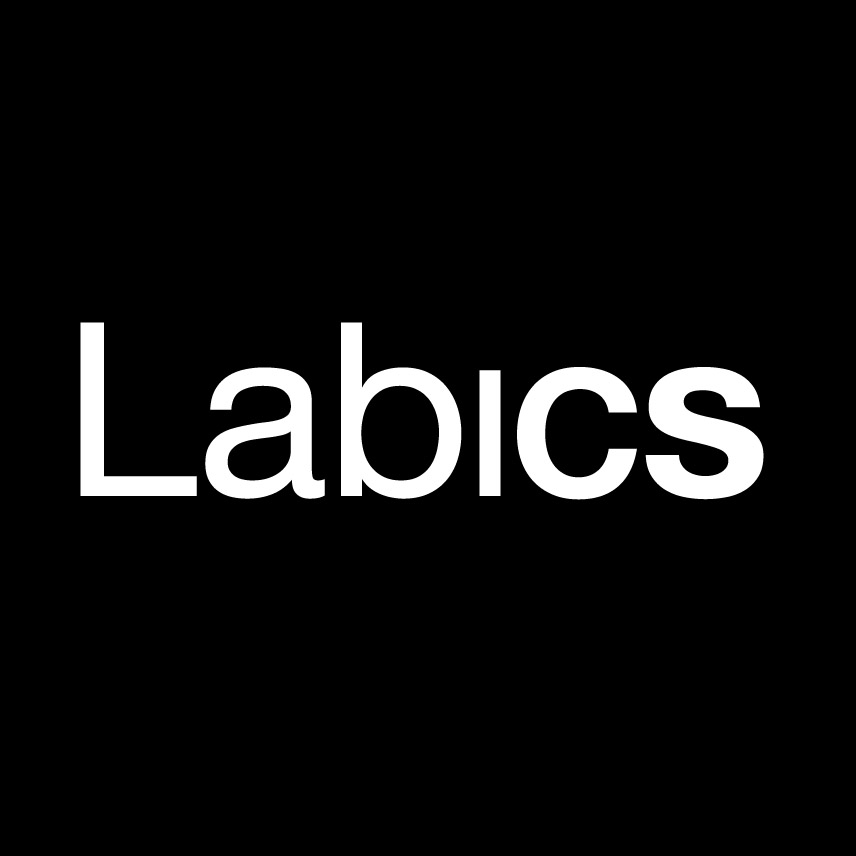查看完整案例


收藏

下载
在2018米兰设计周Fuorisalone展览中,Labics公司展出了名为Visionaird的装置作品。这个装置聚焦在视角反转的概念上。作为原型,这个项目延续了Labics建筑工作室对于空间与结构之间关系的研究。这个项目的出发点来自于对反转视角的思考,Elica品牌曾经使用这个概念来描述了在最近的实验中有抱负的人的思维模式的转变。
Labics at Fuorisalone 2018 in Milan presents Visionair, an installation that insists on reversing the point of view. Conceived as a prototype, this work continues the research of the architecture studio on the theme of the relationship between space and structure. Marco Cappelletti’s photographs document the intervention. The idea behind the project stems from a reflection on the theme of reversal of the point of view, concept used by the brand Elica to describe the paradigm shift underlying the recent experiments on aspiring hobs.
▼装置一览,installation overview
装置位于名为Ca‘ Granda的小型建筑中,建筑本身的存在非常强烈。当人们接近这个装置时,它会慢慢展现自己,让人们察觉到其中内部空间的存在。这是一个不寻常的空间,它邀请参观者进入一个超现实的、颠倒的现实维度。当人们跨越门槛,进入室内空间时,会想起进入家时被欢迎、被保护的感觉。同时它也隐喻着一扇门,通过它人们可以进入Elica的世界。
The installation is a visible object inside the Ca‘ Granda, a small architecture that immediately communicates its presence; a structure that, when approaching, reveals itself, letting perceive the presence of a space inside, an unusual space that invites the visitor to enter a surreal and upside-down dimension of reality. The act of crossing a threshold, of entering an interior space, alludes to the imaginary of the home, which welcomes and protects. But it is also a metaphor for a large door through which it is possible to access the Elica universe.
▼当人们接近装置时,会发现其内部隐藏的空间;people will find the hidden internal space when approaching the installation
The choice of mirroring materials creates an abstract image from the outside and immersive from the inside. As in a kaleidoscope, the video images of the interior are broken down, overturned, recomposed in new forms, generating an unexpected story of which the visitor is completely part of. The installation, completely independent of the context in terms of language and materials, finds a strong dialectic relationship with the existing through a close dialogue with the neighbouring portico, finding in it its own geometric and spatial matrix. The basic model is generated starting from the rhythm of the portico, a square matrix of 1.17 m – one third of the intercolumnio – and consists of the intersection of three families of vertical surfaces, two oriented parallel to the porticoes, one inclined at 45 degrees. Starting from this simple geometry three cutting operations were carried out: the first generates the internal space, the second accommodates the existing tree making it become part of the composition, the third finally defines the diagonal section that tends towards the sky.
▼装置正前方的树也被容纳到设计之中,the tree in front of the installation is also part of the design
▼装置的几何基于背景建筑柱廊的大小,the dimension of the basic geometry comes from the portico of the background building
▼装置的设计语言与历史建筑形成强烈的对比,the design language of the installation has a strong contrast with the historic building
▼模型,the model
▼较低处平面,the lower level plan
▼顶部平面,the top plan
▼剖面AA,section AA
▼立面,the elevation

























